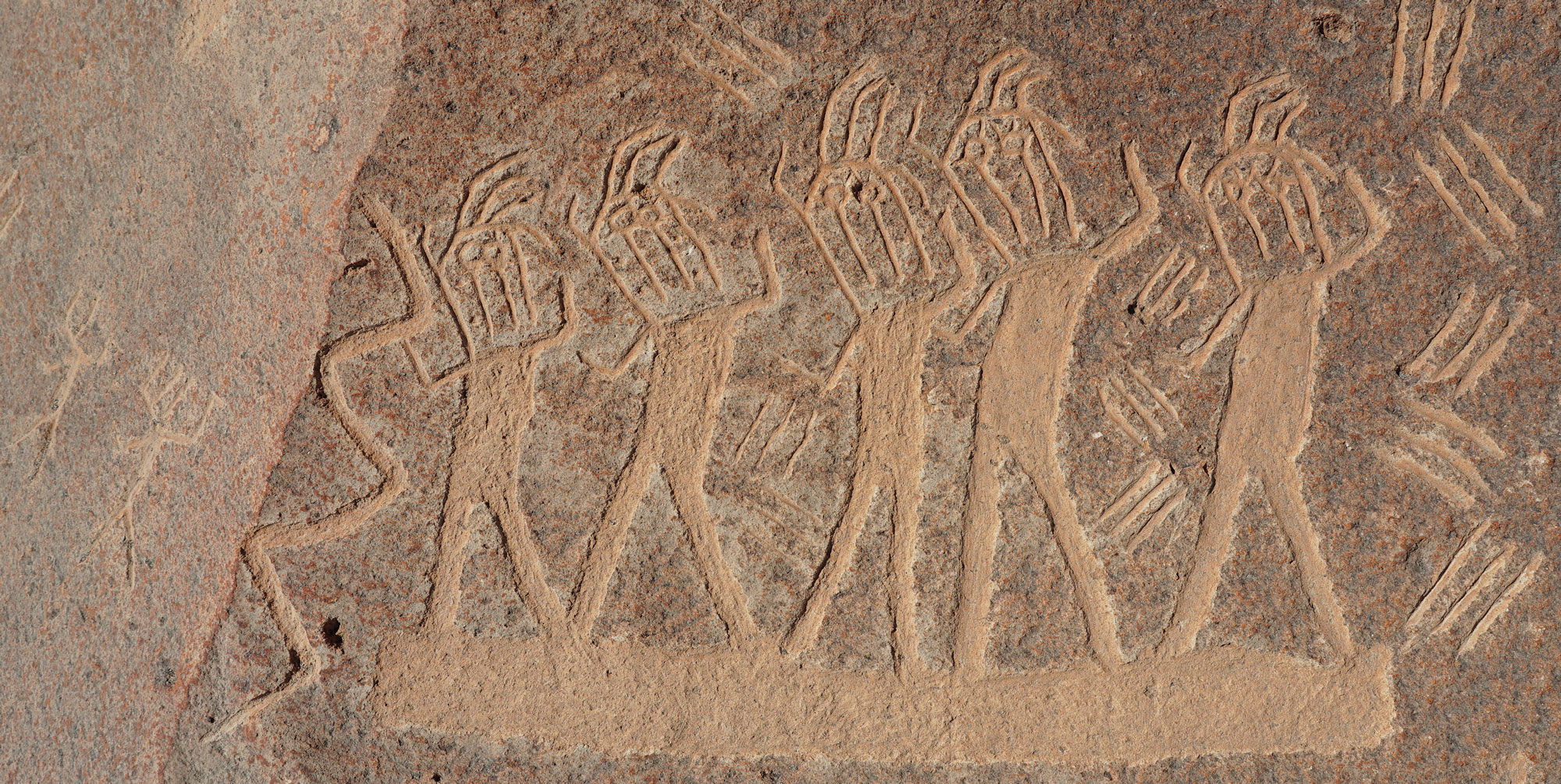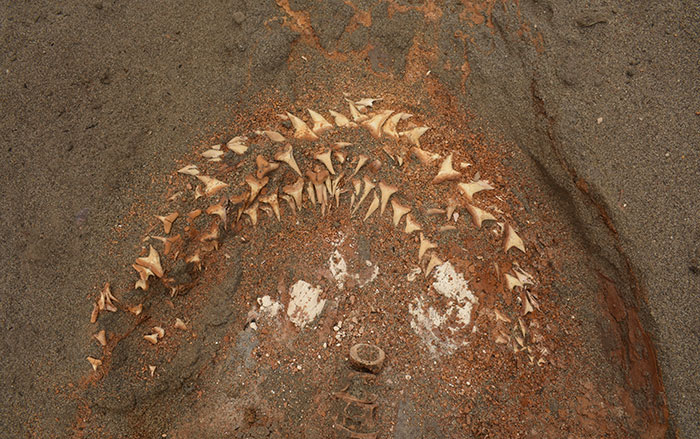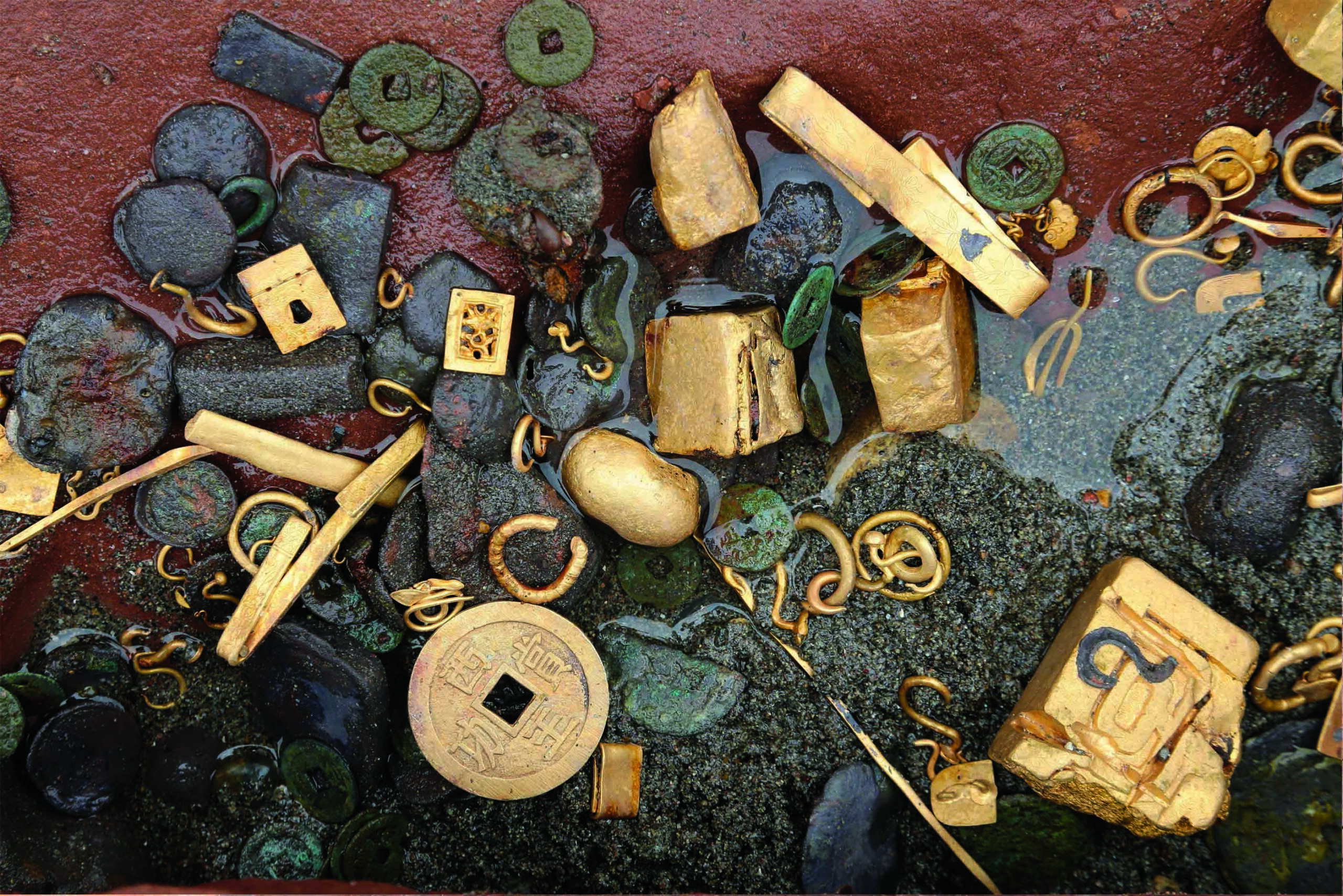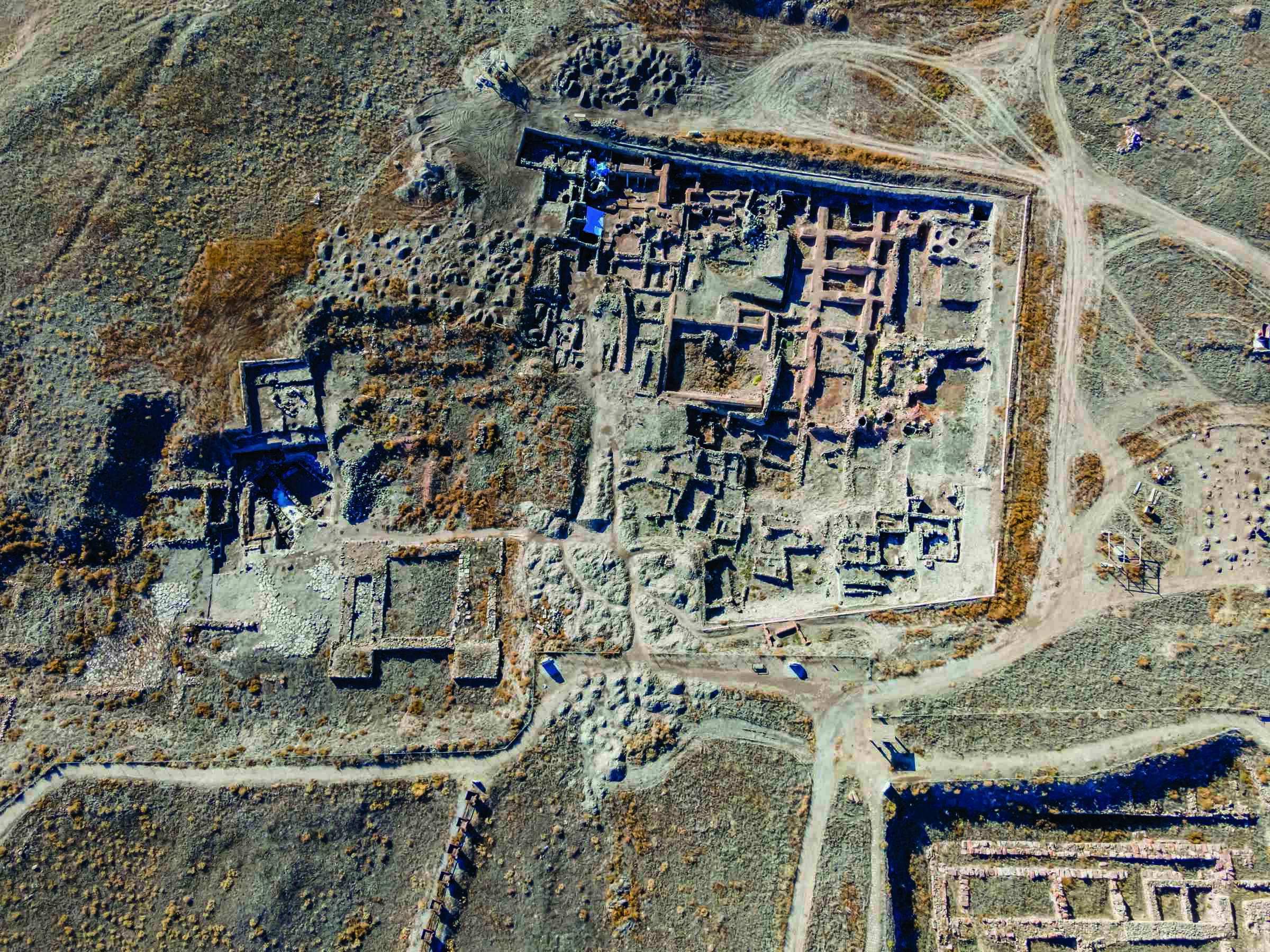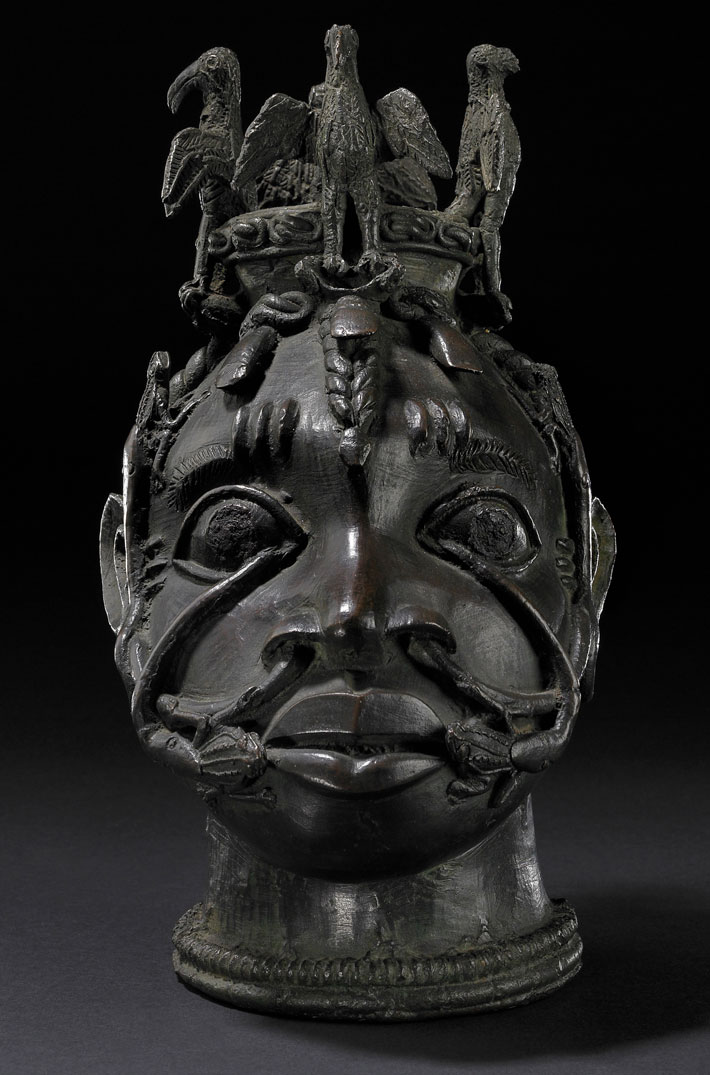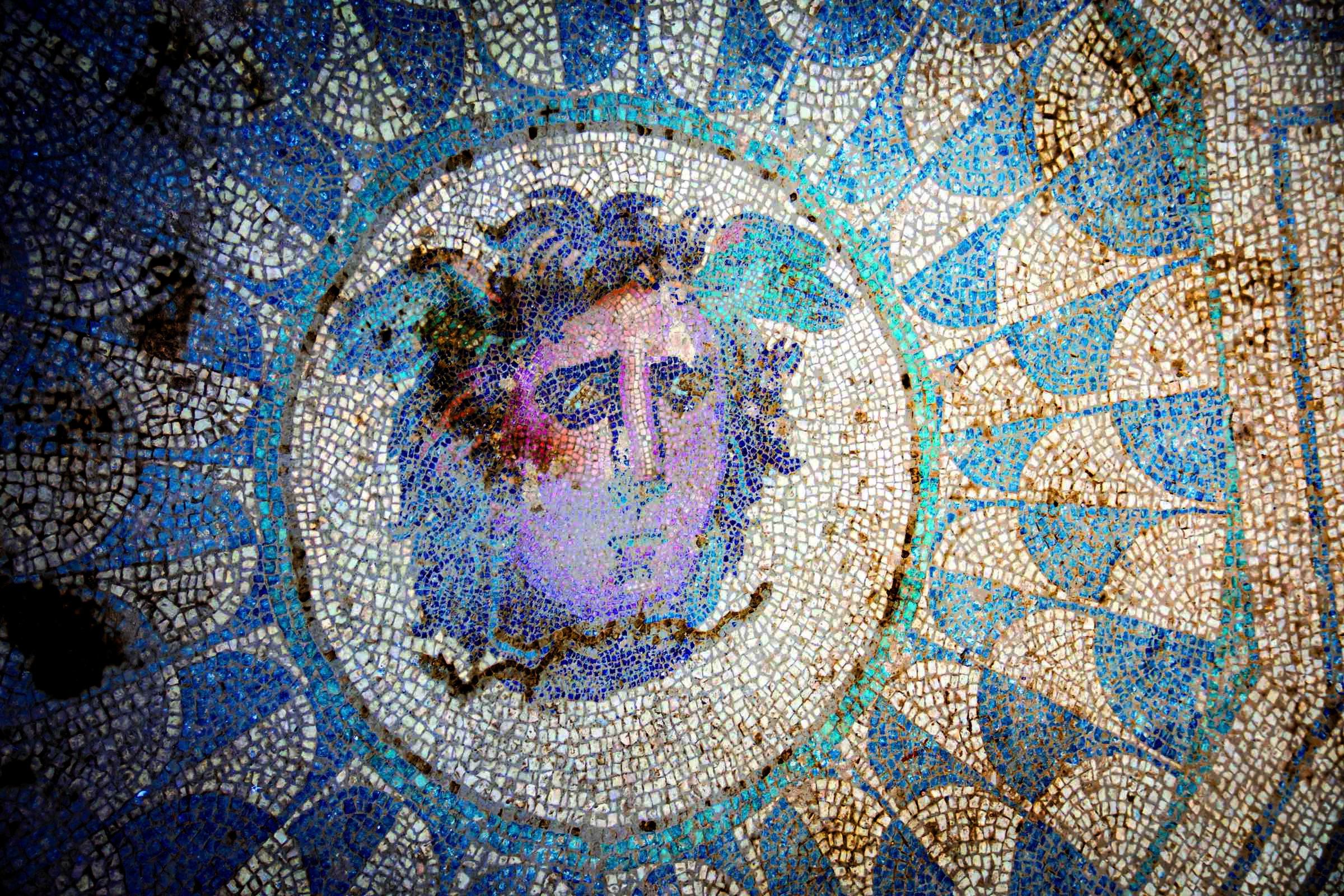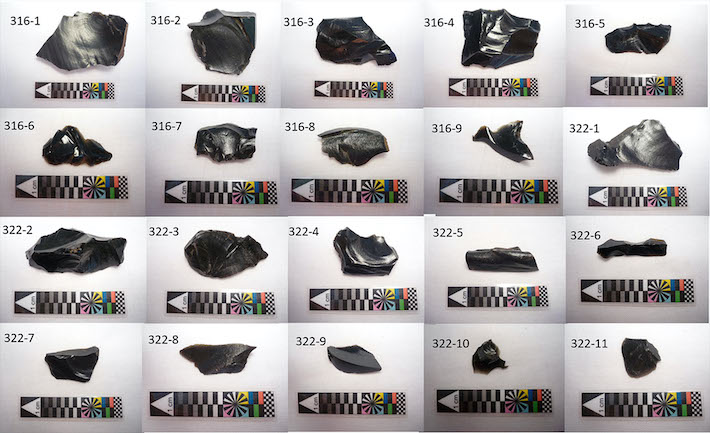
SANTIAGO, CHILE—According to a report from Live Science, researchers have found evidence that early settlers of the southeastern Pacific island Rapa Nui had contact with South America as much as a millennium ago. Exactly when people first settled Rapa Nui, which is also known as Easter Island, as well as whether the first settlers came from Polynesia or South America, remains a matter of debate. The researchers studied 20 obsidian blades excavated at Anakena, the island’s earliest known settlement, which was occupied from roughly A.D. 1000 to 1300. On the blades, they identified starch grains belonging to breadfruit, cassava, taro, purple yam, sweet potato, Tahitian apple, achira, and ginger. A number of these, including purple yam, taro, breadfruit, and Tahitian apple, were native to Polynesia. Achira, sweet potato, and cassava, however, would have come from South America. “Our results show that, by the time that people were living at the Anakena site, they already had voyaged to the South American coast and been in contact with South American peoples,” said Andrea Seelenfreund, an archaeologist at the Academy of Christian Humanism University. Read the original scholarly article about this research in PLOS ONE. To read about another research project focusing on ancient starch granules, go to “Letter from the Four Corners: In Search of Prehistoric Potatoes.”



